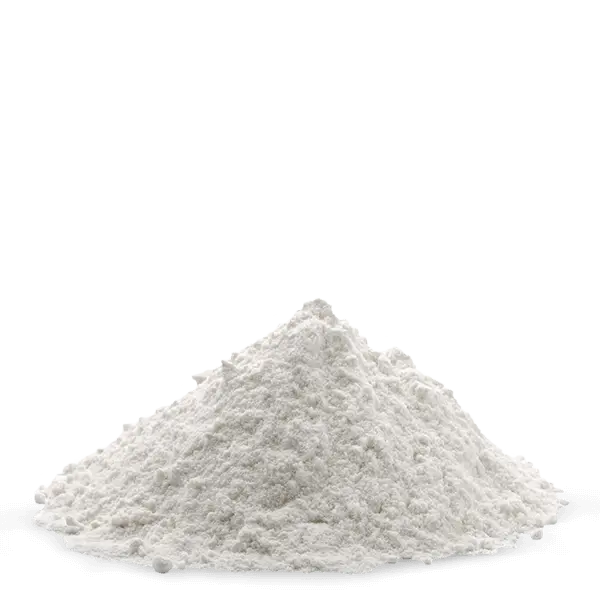Titanium dioxide
Titanium dioxide is a white, odorless, and insoluble substance that occurs naturally in several mineral forms, such as rutile and anatase. It is widely used as a pigment for various products, such as paints, plastics, cosmetics, and food. It also has some applications in nanotechnology and photocatalysis. Titanium dioxide has the chemical formula TiO2 and the molecular weight of 79.866 g/mol.
Types of Titanium dioxide
There are two main types of titanium dioxide: rutile and anatase. Rutile is the most common and stable form of titanium dioxide and has a tetragonal crystal structure. It has a higher refractive index, higher density, and higher hardness than anatase. Rutile is more resistant to weathering and UV radiation and is preferred for outdoor applications. Anatase is a less common and metastable form of titanium dioxide and it is more active as a photocatalyst and is preferred for indoor applications.
There are also different grades of titanium dioxide based on the particle size and the corresponding uses. Generally, there are two grades of TiO2: pigment grade and nano grade. Pigment grade TiO2 has an average particle size of 0.2-0.4 micrometers, and is used to provide color, opacity, and brightness to various products. Nano grade TiO2 has an average particle size of less than 100 nanometers and is used to enhance the properties of materials, such as UV protection, antibacterial activity, and self-cleaning ability.
Some examples of Titanium dioxide are R878, R900, R 996, R5588, R838, R868, R298, R405, R105, R219, R5566, etc.
Applications of Titanium dioxide
- Pigment: Titanium dioxide is the most widely used white pigment in the world, due to its high refractive index, brightness, opacity, and stability. It is used to color and enhance the appearance of various products, such as paints, plastics, paper, ink, cosmetics, food, and pharmaceuticals. Titanium dioxide pigment can be found in many everyday items, such as toothpaste, sunscreen, candy, and paint.
- Photocatalyst: Titanium dioxide is also a semiconducting material that can generate electron-hole pairs when exposed to light. These charge carriers can initiate various chemical reactions on the surface of titanium dioxide, such as oxidation and reduction. This property makes titanium dioxide a powerful photocatalyst that can degrade organic pollutants, kill bacteria, and produce hydrogen from water. Titanium dioxide
photocatalyst can be used for environmental remediation, water purification, air purification, self-cleaning surfaces, and solar energy conversion.
- Nanomaterial: Titanium dioxide can also form nanostructures with different shapes and sizes, such as nanoparticles, nanotubes, nanowires, nanosheets, and nanorods. These nanostructures have unique physical and chemical properties that differ from the bulk material. For example, they have higher surface area, higher reactivity, higher quantum efficiency, and tunable band gap. These properties make titanium dioxide nanomaterials attractive for various applications in
nanotechnology, such as sensors, biosensors, drug delivery, photocatalysis, lithium-ion batteries, supercapacitors, solar cells, and medical imaging.
These are some of the major applications of titanium dioxide that demonstrate its importance and potential in science and technology. Titanium dioxide is a fascinating material that has been studied for decades and still offers new possibilities for innovation and discovery.



